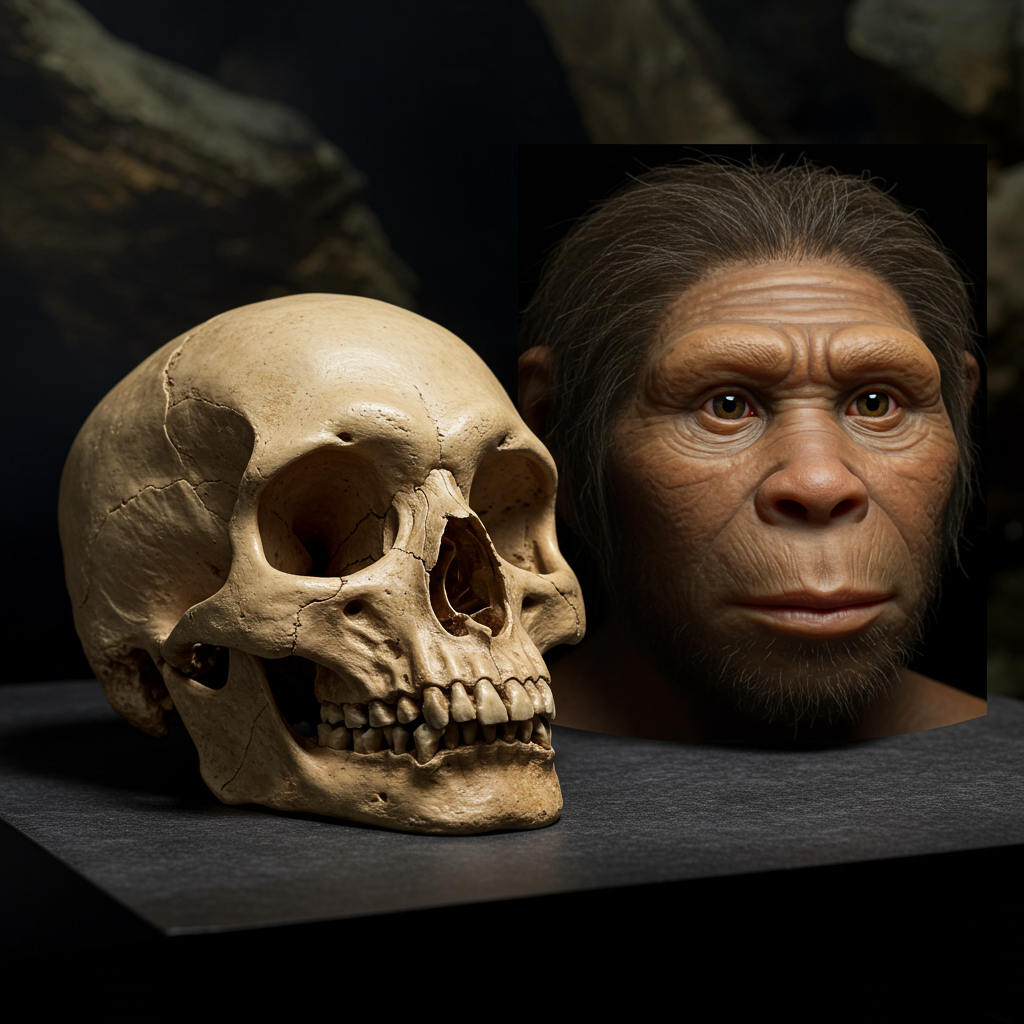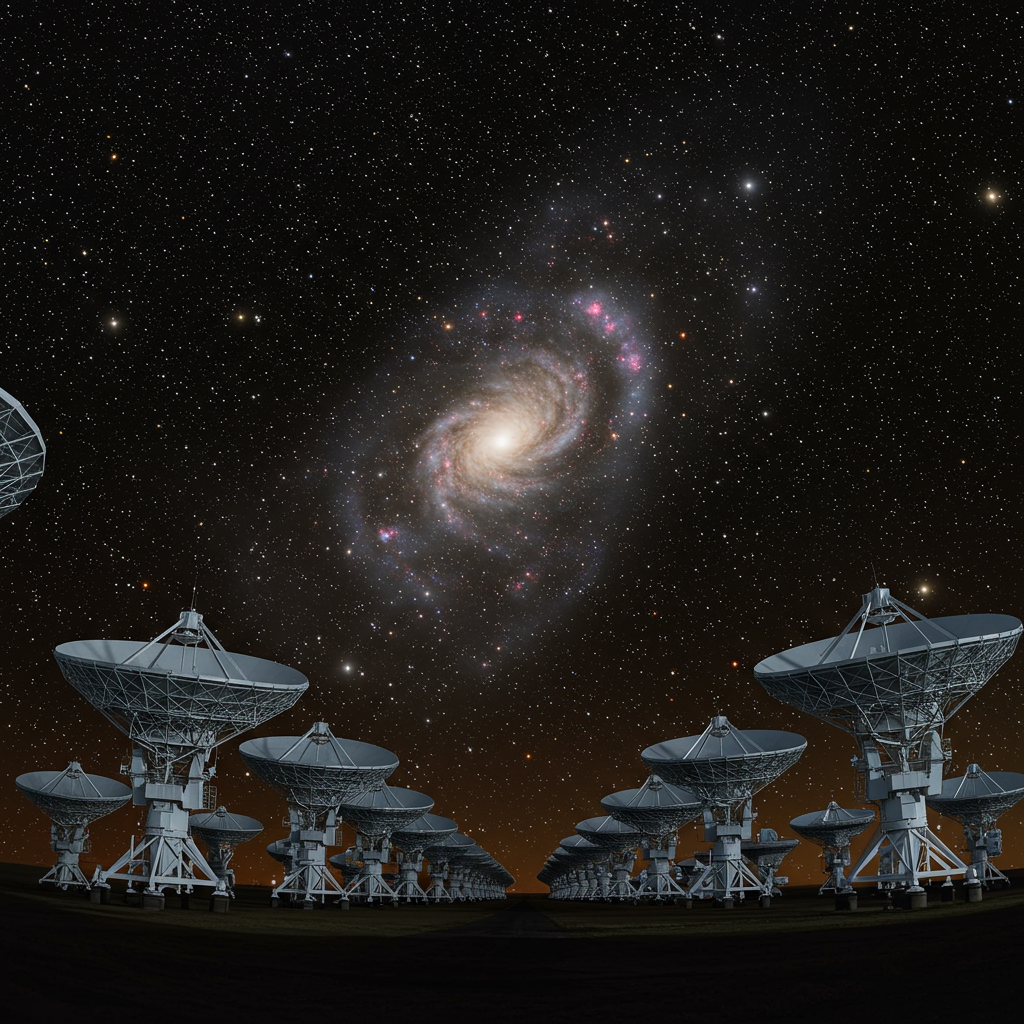For years, the Denisovans were one of the most enigmatic branches of the human family tree. Known primarily from DNA fragments and a handful of fossils – including a finger bone from a Siberian cave, a jawbone from Tibet, and a few teeth – their physical appearance remained largely a mystery. Scientists could analyze their genes and confirm they interbred with both Neanderthals and early Homo sapiens, influencing the DNA of modern populations across Asia and Australasia, but they lacked a clear picture of what these ancient cousins actually looked like.
Now, a groundbreaking discovery has put a face to this elusive group. A nearly complete skull, nicknamed the “Dragon Man” cranium, found near Harbin in northeastern China, has been definitively identified as belonging to a Denisovan individual. This fossil, estimated to be at least 146,000 years old, represents the first time scientists have had a substantial, near-complete skull linked directly to the Denisovans, ending a decade-long speculation about their physical form.
The Puzzle of the Dragon Man
The “Dragon Man” cranium itself has a fascinating and unusual history. Discovered in 1933 during bridge construction over the Long Jiang (Dragon River) near Harbin, it was reportedly hidden in a well to prevent it from falling into Japanese hands and remained there for decades. It wasn’t until 2018 that the fossil came to the attention of scientists.
Initially described in 2021 and classified as representing a potential new archaic human species, Homo longi (meaning ‘Dragon Man’), the massive skull’s true identity sparked debate among researchers. Its unique combination of features didn’t neatly fit known categories, leading some to speculate it could be a Denisovan, given their known presence in Asia and the scarcity of their fossil record.
Molecular Detective Work Unlocks the Identity
Unlocking the secret required sophisticated molecular detective work. While attempts to extract a full ancient DNA genome from the bone itself were unsuccessful, scientists turned to other sources.
Proteins: Researchers successfully extracted and sequenced fragments from ancient proteins found in the petrous bone, a dense part of the inner ear often good for preservation. Comparing these protein sequences to those of modern humans, Neanderthals, and known Denisovans revealed a clear link. One protein sequence from the Harbin fossil was identical to Denisovan proteins but differed from humans and Neanderthals, suggesting a strong connection.
Ancient DNA from Dental Calculus: Even more definitively, scientists achieved a novel breakthrough by recovering ancient mitochondrial DNA (mtDNA) from a tiny chip of calcified dental plaque, or calculus, scraped from a tooth attached to the skull. Recovering host DNA from Palaeolithic dental calculus is a significant achievement on its own, opening new avenues for research. Analysis of this mtDNA showed the Harbin individual was most closely related to early Denisovans previously found in Siberia.
This combined molecular evidence provided compelling proof that the “Dragon Man” was indeed a Denisovan.
Putting a Face to the Denisovans
The identification of the Harbin cranium provides the first detailed look at Denisovan anatomy, giving them a face after years of being known primarily through genetic traces.
The skull reveals a robust and massive build. Key features include:
A prominent brow ridge
Large eye sockets
A broad face
A wide nose
A long, low braincase
A brain size comparable to that of modern humans and Neanderthals (around 1,420 cubic centimeters).
This physical description aligns somewhat with features inferred from the limited Denisovan fossils found elsewhere, such as the robust jawbone from Tibet, but provides a far more complete picture. Previously, scientists had even attempted to reconstruct Denisovan anatomy based solely on DNA methylation patterns from limited fossils, highlighting just how little physical evidence existed. This actual skull discovery validates some of those predictions while providing unprecedented detail.
Why This Discovery is Crucial
The identification of the Harbin skull as Denisovan is a major milestone in human evolution research for several reasons:
- Ends the Appearance Mystery: For the first time, we have a concrete physical representation of what Denisovans looked like.
- Provides a Morphological Blueprint: The skull offers a “template” that palaeoanthropologists can now use to potentially identify other Denisovan fossils already sitting in museum collections, even if those fossils lack ancient DNA or protein preservation.
- Confirms Vast Geographic Range: The location of the Harbin skull in East Asia, combined with previous finds in Siberia, Tibet, and Taiwan, confirms that Denisovans inhabited a vast geographical region across Asia, from cold Siberia to potentially subtropical regions.
- Highlights Advanced Techniques: The successful recovery of ancient DNA from dental calculus is a significant technical advance, suggesting this method could be applied to other ancient fossils to recover genetic information when bone DNA is degraded.
- Contextualizes Human Evolution in Asia: This finding adds crucial detail to the complex picture of human evolution during the Middle Pleistocene epoch, a period where multiple hominin groups, including early humans, Neanderthals, and Denisovans, coexisted and interbred across Eurasia.
While questions may linger regarding the precise taxonomic classification of the Denisovan group itself (such as whether Homo longi could be an appropriate species name for this lineage), the identification of the Harbin skull as a Denisovan is clear. It marks a significant step forward in understanding our ancient human cousins and further illuminates the intricate tapestry of human history across the Asian continent.



